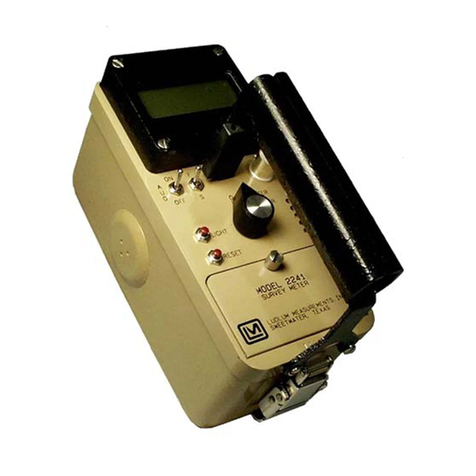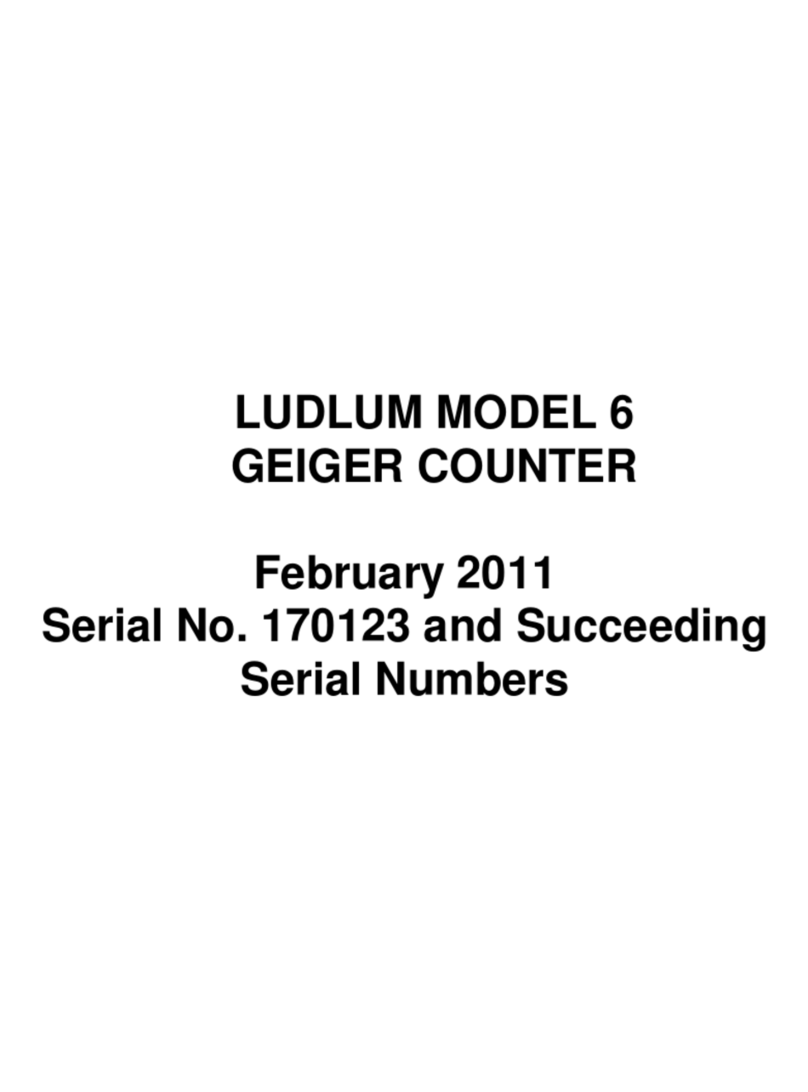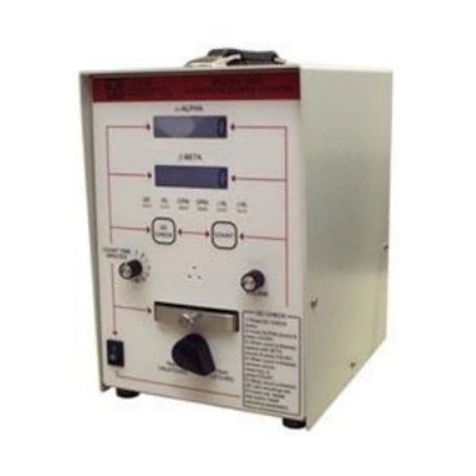LUDLUM 9-3 User manual
Other LUDLUM Measuring Instrument manuals
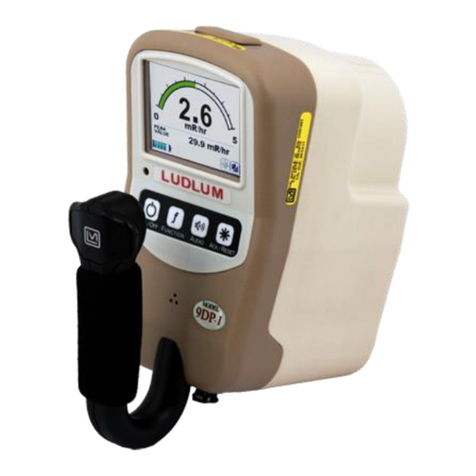
LUDLUM
LUDLUM 9DP-1 User manual
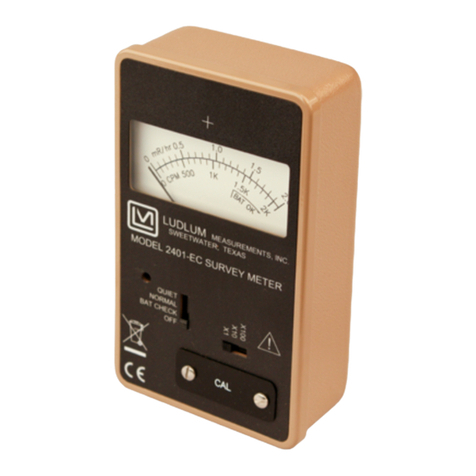
LUDLUM
LUDLUM 2401-EC User manual
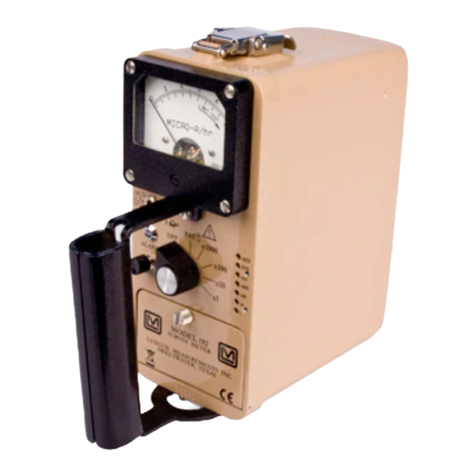
LUDLUM
LUDLUM 192 User manual
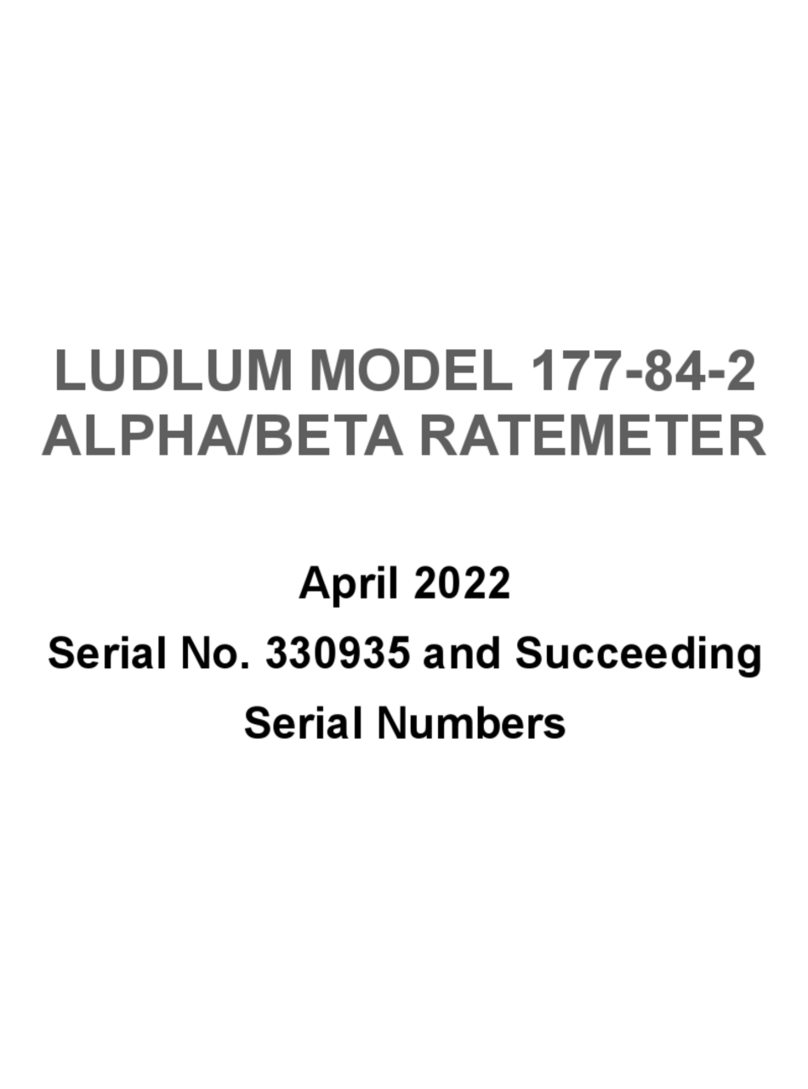
LUDLUM
LUDLUM 177-84-2 User manual
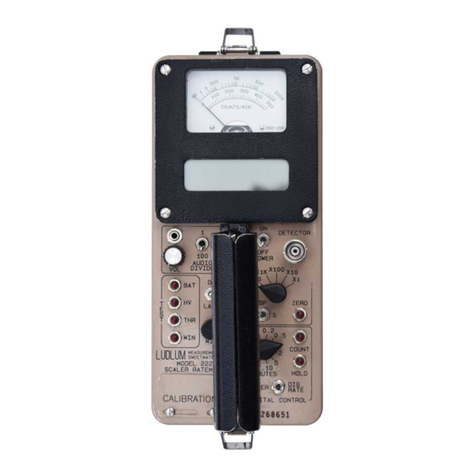
LUDLUM
LUDLUM 2221 User manual
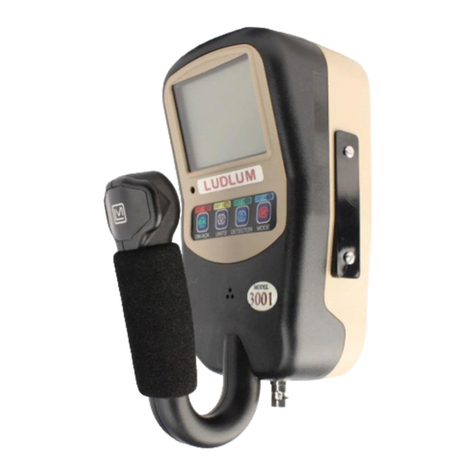
LUDLUM
LUDLUM 3001 User manual
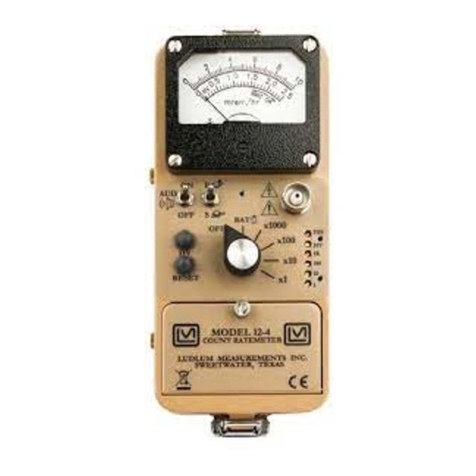
LUDLUM
LUDLUM 12-4 User manual
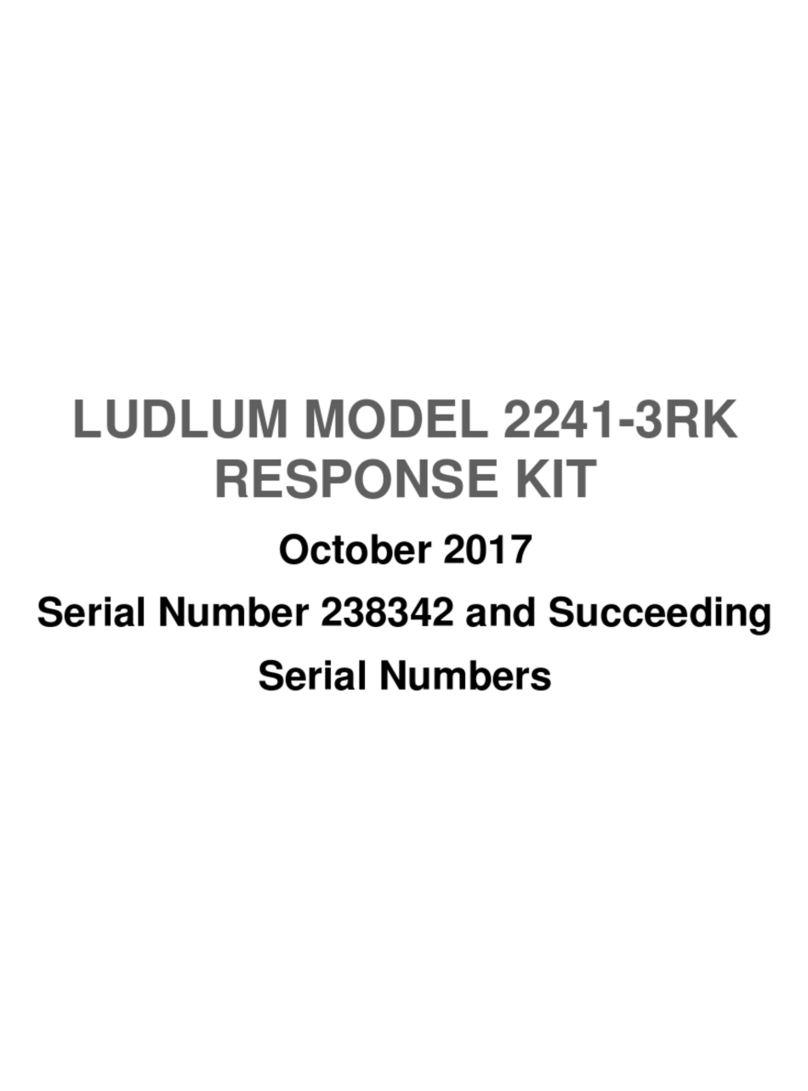
LUDLUM
LUDLUM 2241-3RK User manual
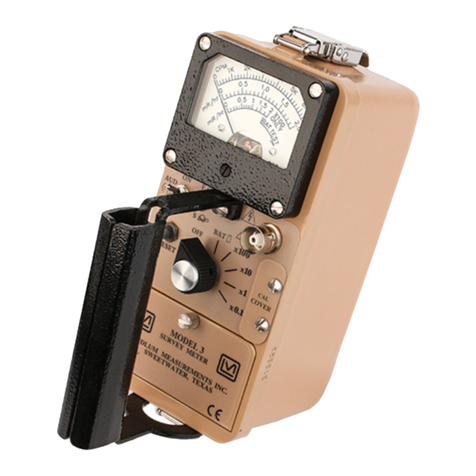
LUDLUM
LUDLUM MODEL 3 User manual
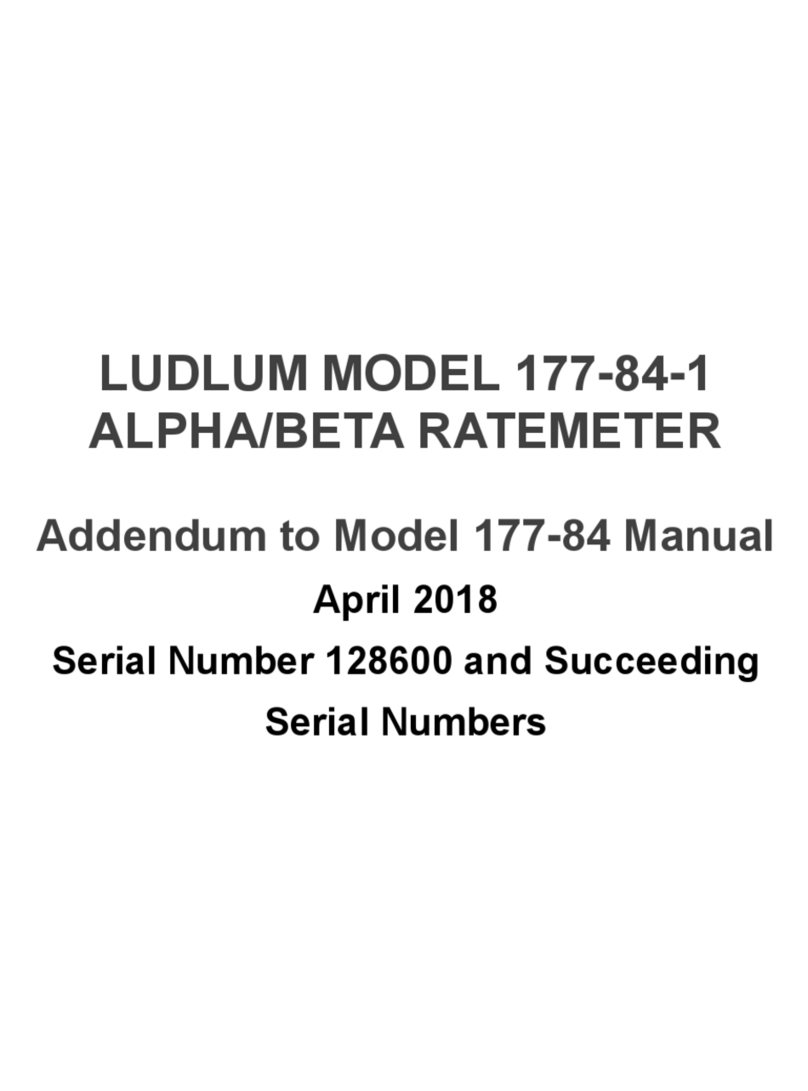
LUDLUM
LUDLUM 177-84-1 User manual
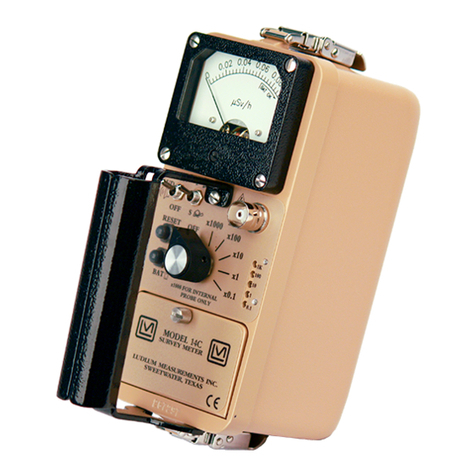
LUDLUM
LUDLUM 14C User manual
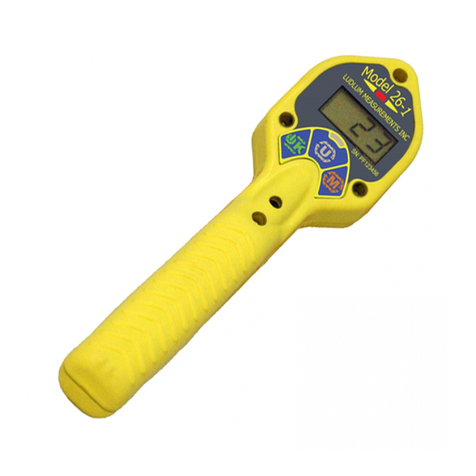
LUDLUM
LUDLUM 26-1 User manual
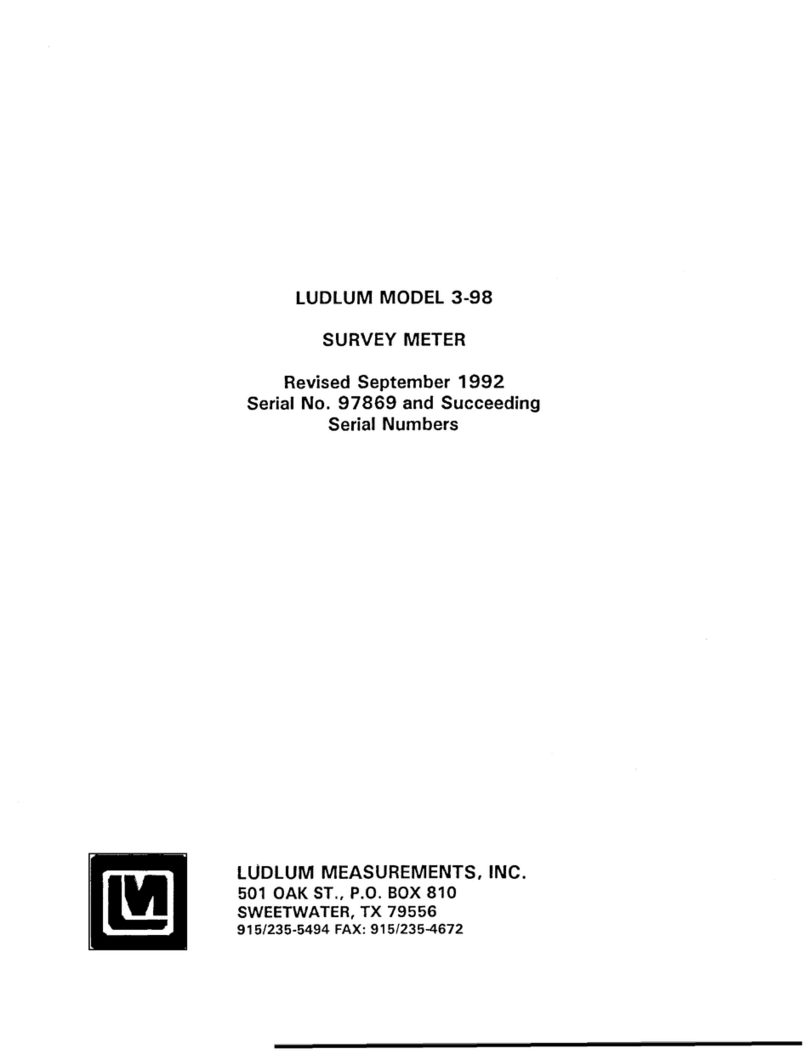
LUDLUM
LUDLUM 3-98 User manual
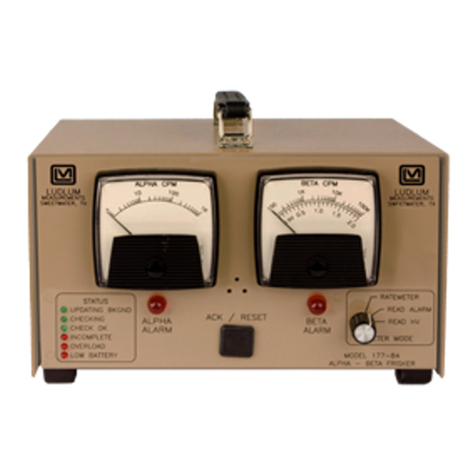
LUDLUM
LUDLUM 177-56 User manual
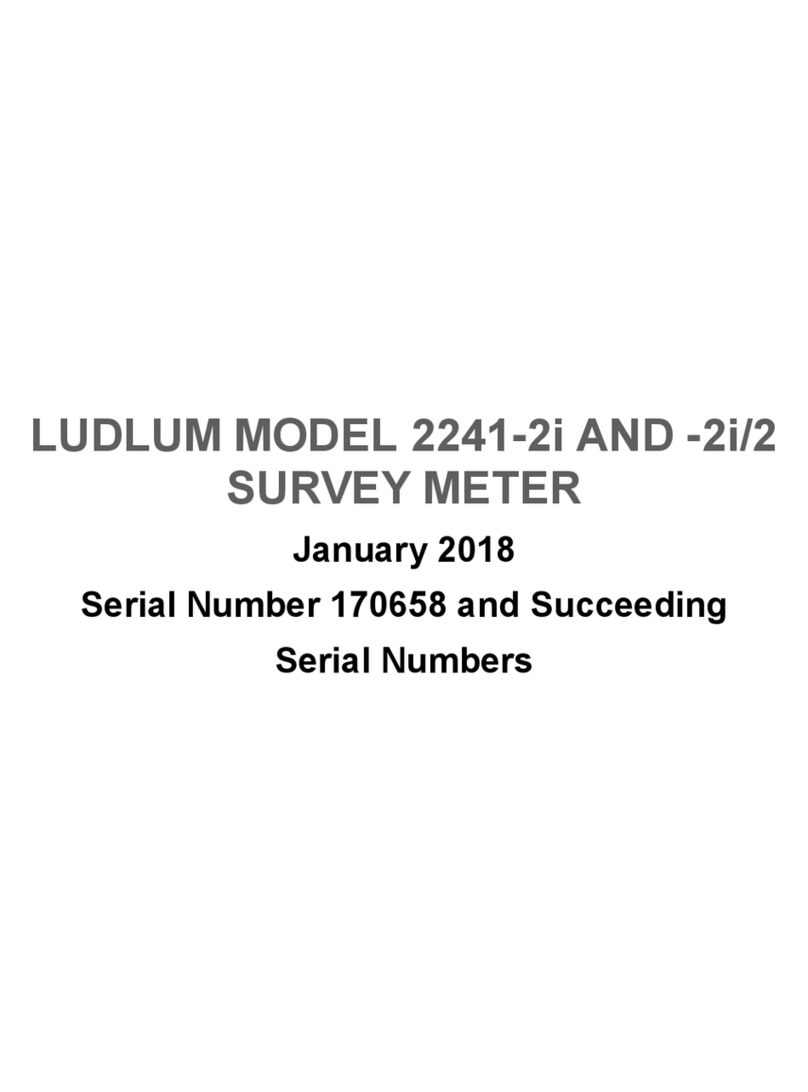
LUDLUM
LUDLUM 2241-2i User manual
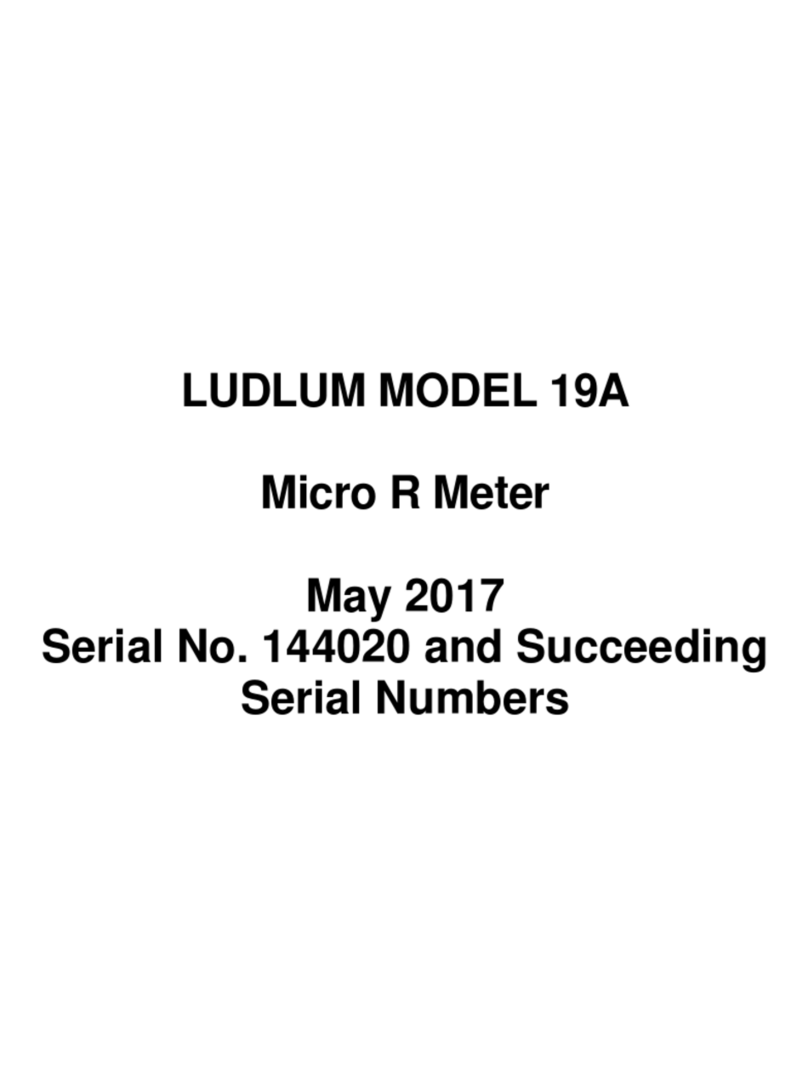
LUDLUM
LUDLUM 19A User manual
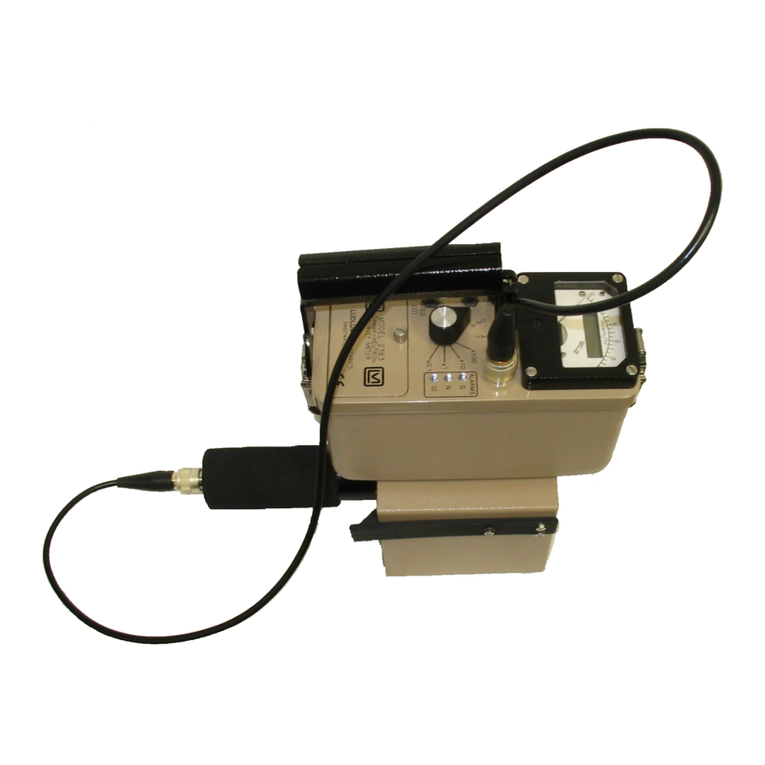
LUDLUM
LUDLUM 2363 User manual
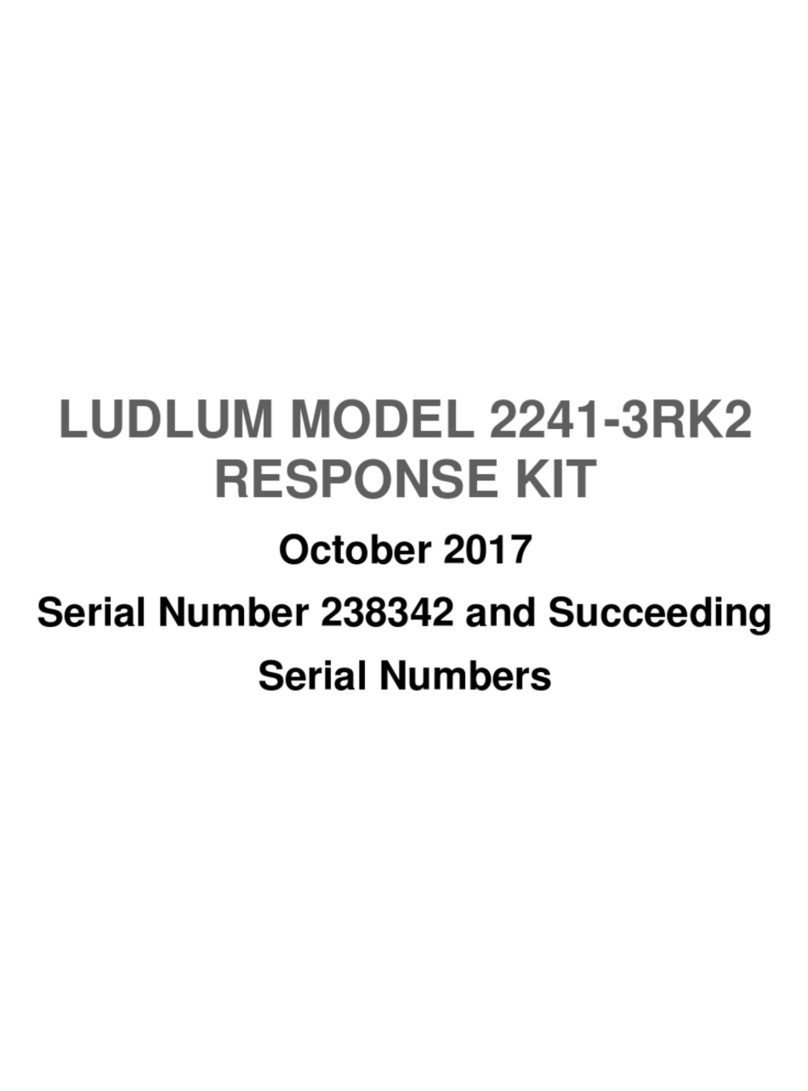
LUDLUM
LUDLUM 2241-3RK2 User manual
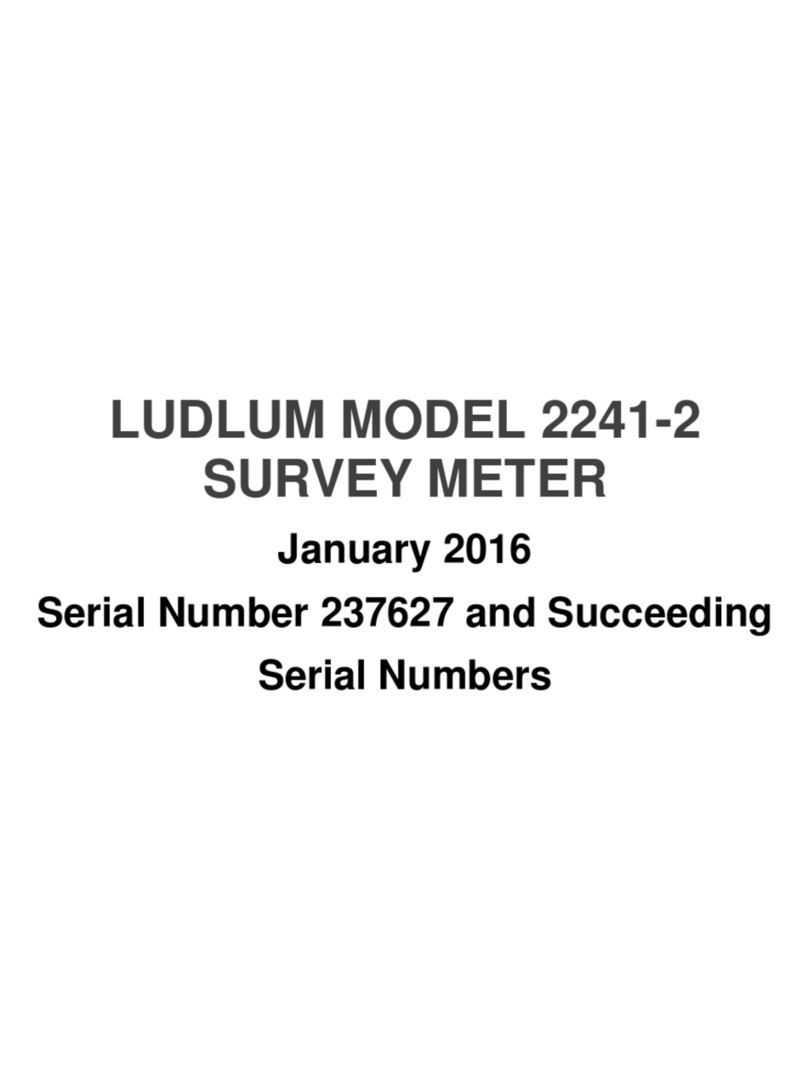
LUDLUM
LUDLUM MODEL 2241-2 User manual
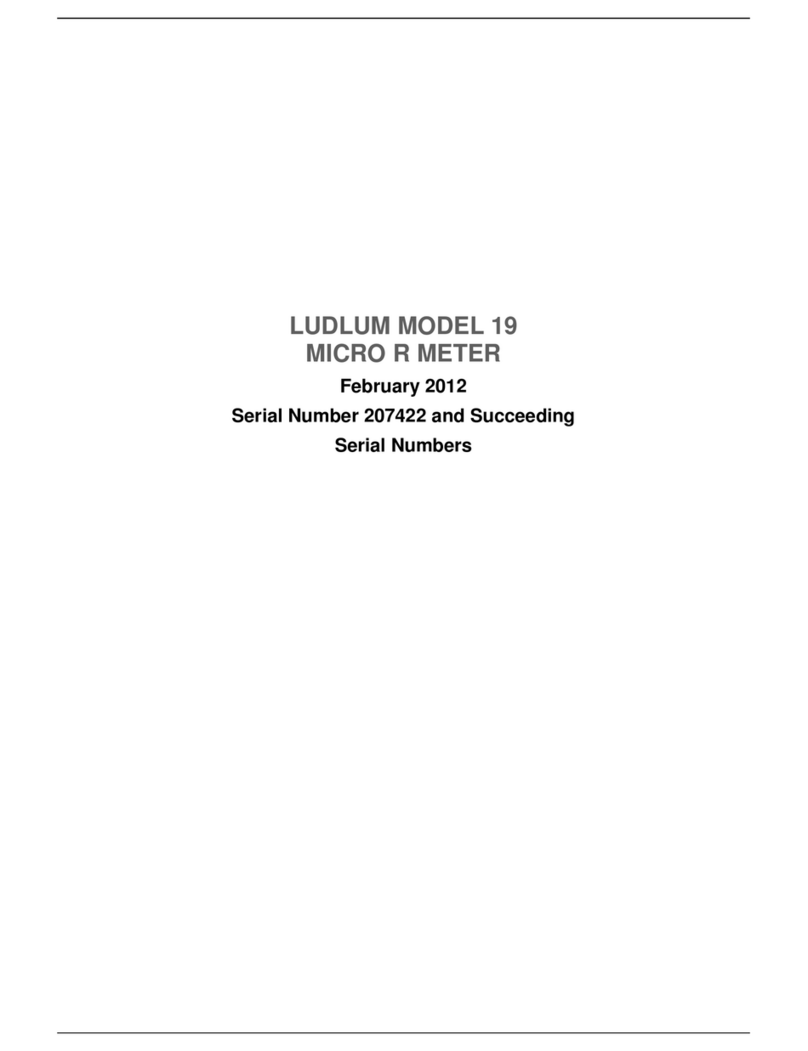
LUDLUM
LUDLUM MODEL 19 User manual
Popular Measuring Instrument manuals by other brands

Powerfix Profi
Powerfix Profi 278296 Operation and safety notes

Test Equipment Depot
Test Equipment Depot GVT-427B user manual

Fieldpiece
Fieldpiece ACH Operator's manual

FLYSURFER
FLYSURFER VIRON3 user manual

GMW
GMW TG uni 1 operating manual

Downeaster
Downeaster Wind & Weather Medallion Series instruction manual

Hanna Instruments
Hanna Instruments HI96725C instruction manual

Nokeval
Nokeval KMR260 quick guide

HOKUYO AUTOMATIC
HOKUYO AUTOMATIC UBG-05LN instruction manual

Fluke
Fluke 96000 Series Operator's manual

Test Products International
Test Products International SP565 user manual

General Sleep
General Sleep Zmachine Insight+ DT-200 Service manual
